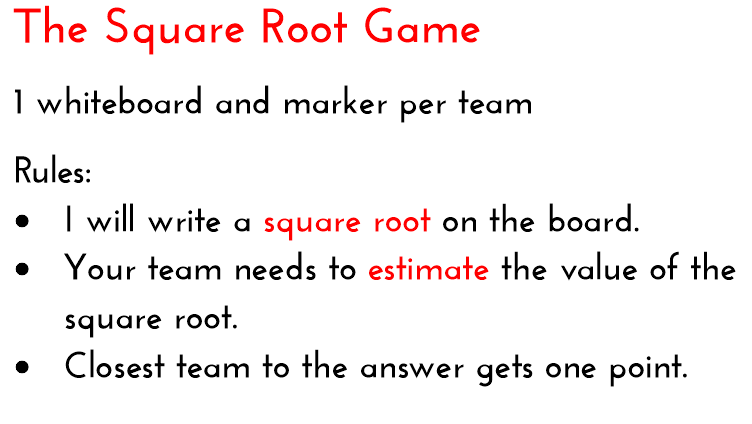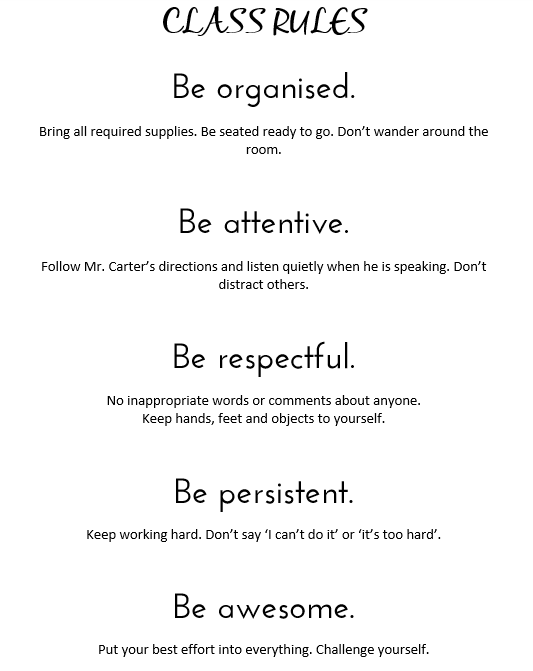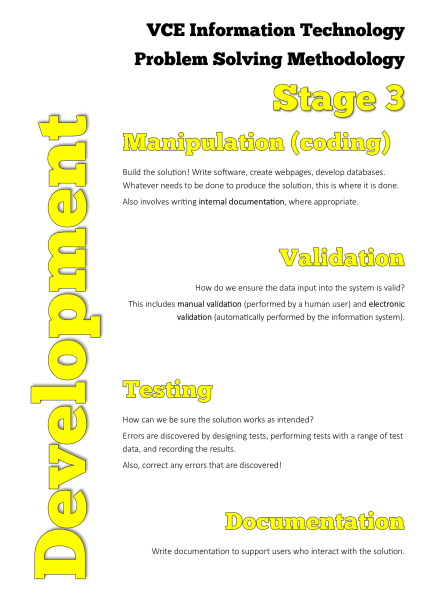I’m currently working through our “Primes and Indices” unit with Year 7. We’ve already looked at square roots of perfect square numbers, and did a quiz on them today. But we also wanted to look at find the square root of other numbers. For this we played The Square Root Game:

Basically, teams of four students try to find the closest estimate they can for the square root I give them. I find students really struggle with answering questions on estimating. They often seem to have the idea that ‘estimating’ is the same as ‘guessing’, and don’t realise the importance of trying to be as accurate as possible.
With competition, being as accurate as possible became paramount to the students. Also, being in teams, students had to be able to be able to communicate with each other and justify the answers they chose. After giving them a little time to discuss, I asked each group to hold up their whiteboard with their answer. Then I calculated it using the IWB and calculator in Google, as this was the quickest and easiest way to display the result.

The students were a little blown away that you can do this in Google. 😉
I found this game worked well. Students quickly figured out how to use the perfect square numbers to find which integers their answer needed be between. But shortly after, this itself wasn’t good enough, as every team knew how to do this. So as the game went on, they became more and more precise with their estimates, trying to outdo the other teams.
I started the game with the square root of 4, just as a warm up, and to give everyone an easy point at the start. Unfortunately, one team wasn’t paying attention and missed out on that point. But I think this made an important point for the class: some square roots give us exact answers, but some do not.
A nice side effect that I hadn’t planned for were the discussions around how close decimal values are to each other. One of the square roots was √30 (approx. 5.4772), and there were estimates of 5.45 and 5.49. At first the students weren’t sure which one was closest, so we were able to discuss around that.










